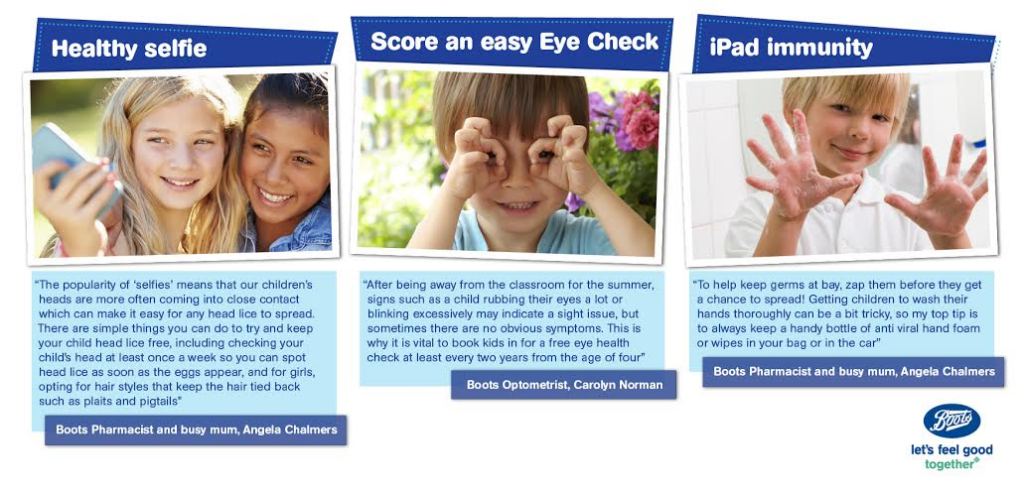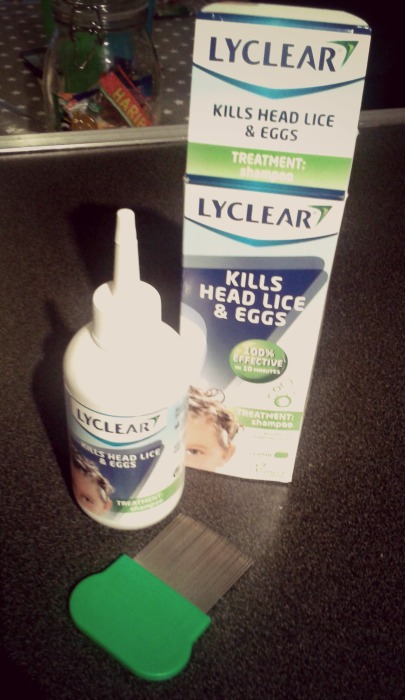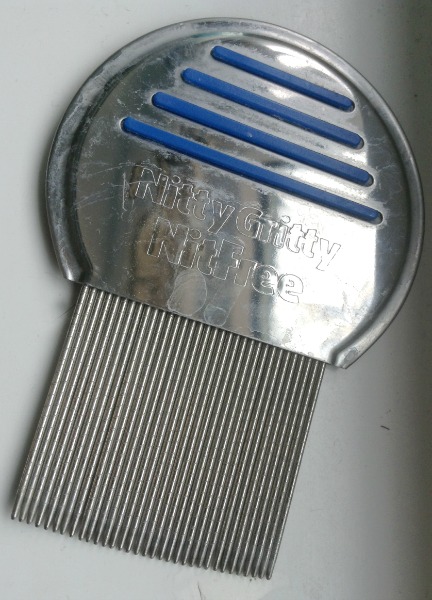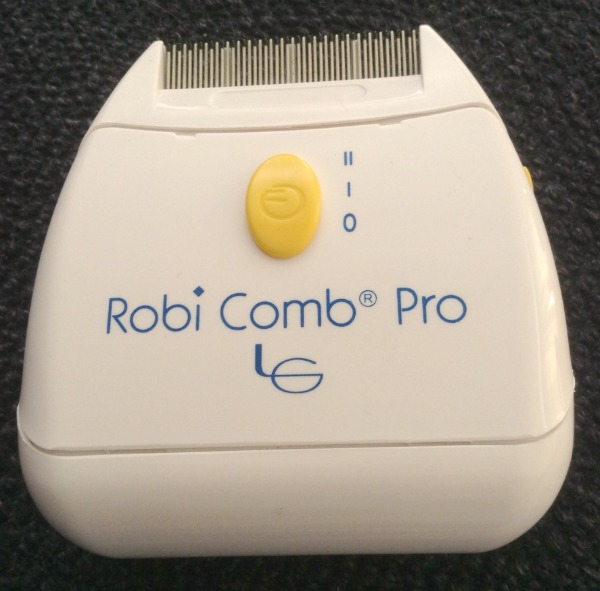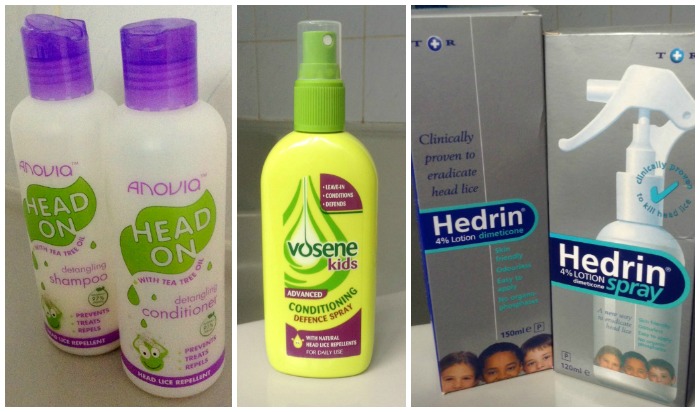I am a firm believer in your child getting as many of the illnesses you can out of the way as young as possible – if only to build up their immunity for school. However, there are still things you can catch repeatedly, and I’m here to tell you more. Boots UK have put together a Digit-ill Healthy Guide which has some handy hints and tips for anyone starting out at school.
Digit-ill – get it? Let’s face it, most of us have touch screen tablet kind of things at the moment – how often do you wipe the screen clean? I know H’s one gets grubby to the point I’m almost ashamed. Those germs! This has certainly made me be a little more conscious where I could be making more of an effort.
Here are our (non digit-ill) additional ones:
Last year at H’s school there were three big things which spread around – headlice, threadworm and verrucas.
Headlice, we’ve covered so many times on here already, but it’s all about being sensible. We’ve found Tea Tree helps keep them away, with various types of creams to get rid of them. A comb through at hairwash time, and a comb through with an electric comb in between helps a lot. They’re horrible little things and anyone who gets them has my sympathy.
Threadworms are awful. Even if you don’t think you have it, if your child catches it (and it’s VERY contagious) you have to take the medicine. This is a medicine which doesn’t agree with me at all, and made me quite ill. One preventative measure is to keep washing your hands at every available opportunity (and of course to wash all clothes and bedding well!) – we bought H a Method Mickey Mouse soap to make sure she remembered, which worked. That and having a scrubbing brush handy, and keeping nails short. Boots also have a great pump for cleaning hands when you don’t have any soap near you (like when you’re out and about).
Verrucas are a less common one, but still crop up. H caught hers at swimming, and we were able to successfully Bazooka it over three months – but it didn’t occur to me that children will do PE barefoot at school occasionally, so I didn’t let them know. If your child has a verruca, make sure you let the teacher know, if only to help prevent it spreading.
With the three I’ve mentioned above, you can still go to school. I know scarlet fever was doing the rounds, and indeed one of her classmates has it at the moment, so we’re not over that one yet… it is easily treated with antibiotics, and the child can go back to school once they feel well enough again.
We were asked if H could have her picture taken to show what she thinks germs look like – with a little help (from me!) this is what she reckons! I had to chant ‘digit-ill! digit-ill! digit-ill!” in the background while it was being taken – and she has never watched Dr Who (I felt quite like a Dalek…)
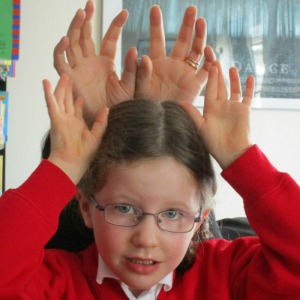
We were sent a selection of Boots vitamins and cold remedies (already in use…!) for the purpose of this post, all packaged lovingly in a sparkly satchel.
